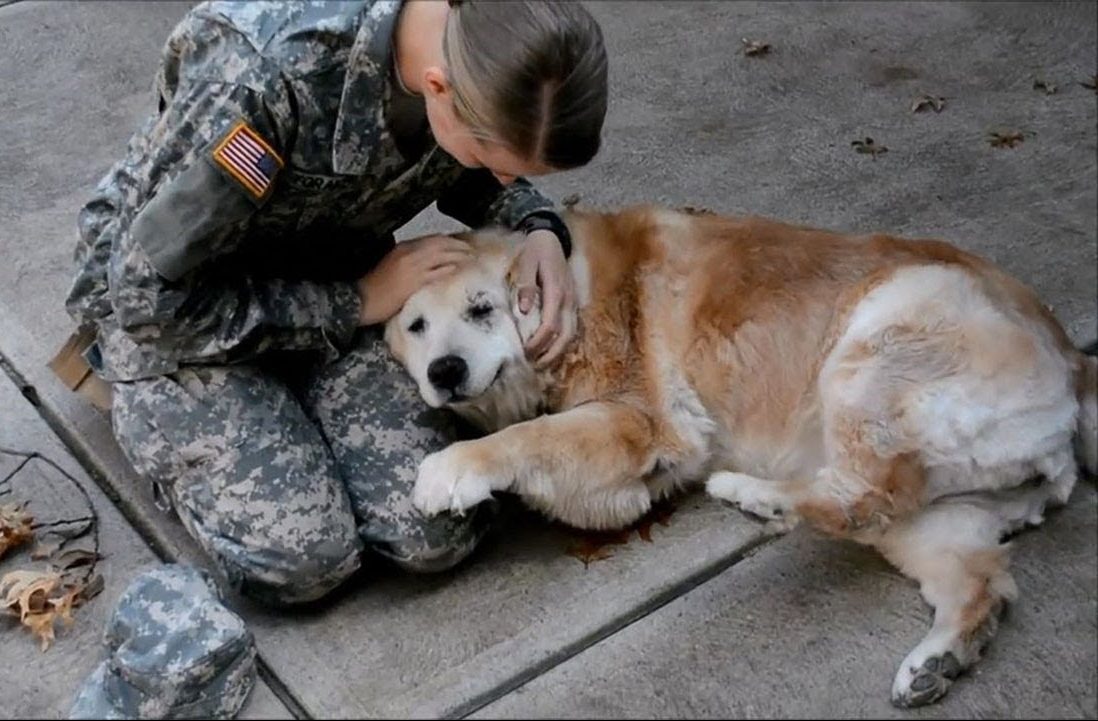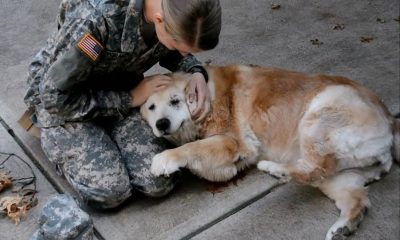History of Boxer Dogs
Boxer dogs have a rich and fascinating history that dates back to 19th-century Germany. Originally bred for hunting, they quickly gained popularity as all-around working dogs. The breed’s ancestors can be traced back to ancient war dogs used by the Assyrians and the Romans.
During the 1800s, breeders in Germany started crossbreeding different types of dogs, including the Bulldog and the Bullenbeisser, to create a breed that possessed the perfect combination of strength, agility, and loyalty. The resulting breed was named the Boxer, due to its characteristic “boxing” behavior when playing or defending itself.
Boxers were later introduced to the United States in the early 1900s, where they gained recognition as excellent family pets and versatile working dogs. They are still used in various roles, such as therapy dogs, search and rescue dogs, and police dogs.
When it comes to physical characteristics, Boxers are medium-sized dogs with well-muscled bodies, square-shaped heads, and short coats. They are known for their expressive faces, with deep-set eyes and a strong underbite.
In terms of personality, Boxers are friendly, intelligent, and highly energetic. They are known for their playful nature and their love for children. However, they do require proper training and socialization from an early age to ensure they grow into well-behaved and obedient pets.
While Boxers are generally healthy dogs, they are prone to certain health issues such as hip dysplasia, heart conditions, and cancer. Regular veterinary check-ups and a nutritious diet are crucial for their well-being.
If you are considering adding a Boxer to your family, it is important to do your research and find a reputable breeder. The cost of a Boxer dog can vary depending on factors such as pedigree, bloodline, and location. On average, you can expect to pay anywhere from $800 to $2000 for a Boxer puppy.

 Cats1 year ago
Cats1 year ago
 Cats11 months ago
Cats11 months ago
 Cats10 months ago
Cats10 months ago
 Cats10 months ago
Cats10 months ago
 Cats9 months ago
Cats9 months ago
 Dogs2 years ago
Dogs2 years ago
 Dogs10 months ago
Dogs10 months ago
 Cats9 months ago
Cats9 months ago





















Pingback: Discover the Many Reasons Why Beagles Make Great Family Dogs!